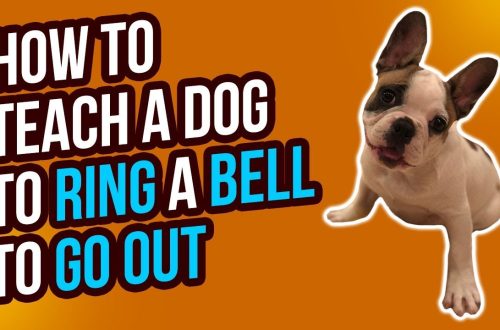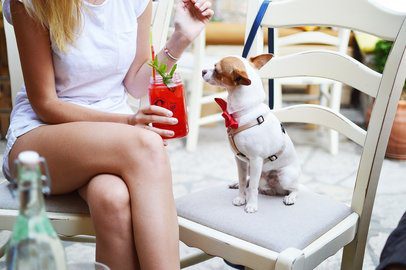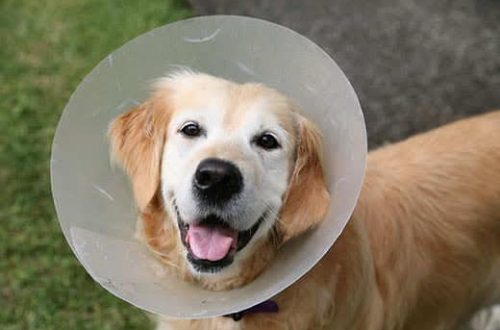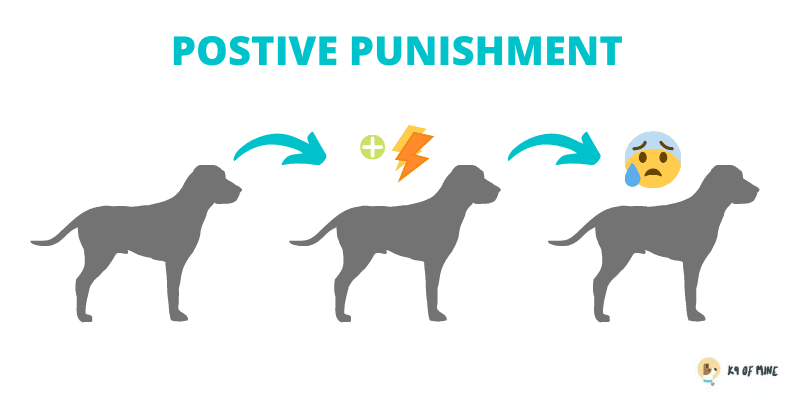
Dog Training Methods: Differences and Results
There are several dog training methods used in cynology. What are these methods, what is the difference between them and what results can be achieved?
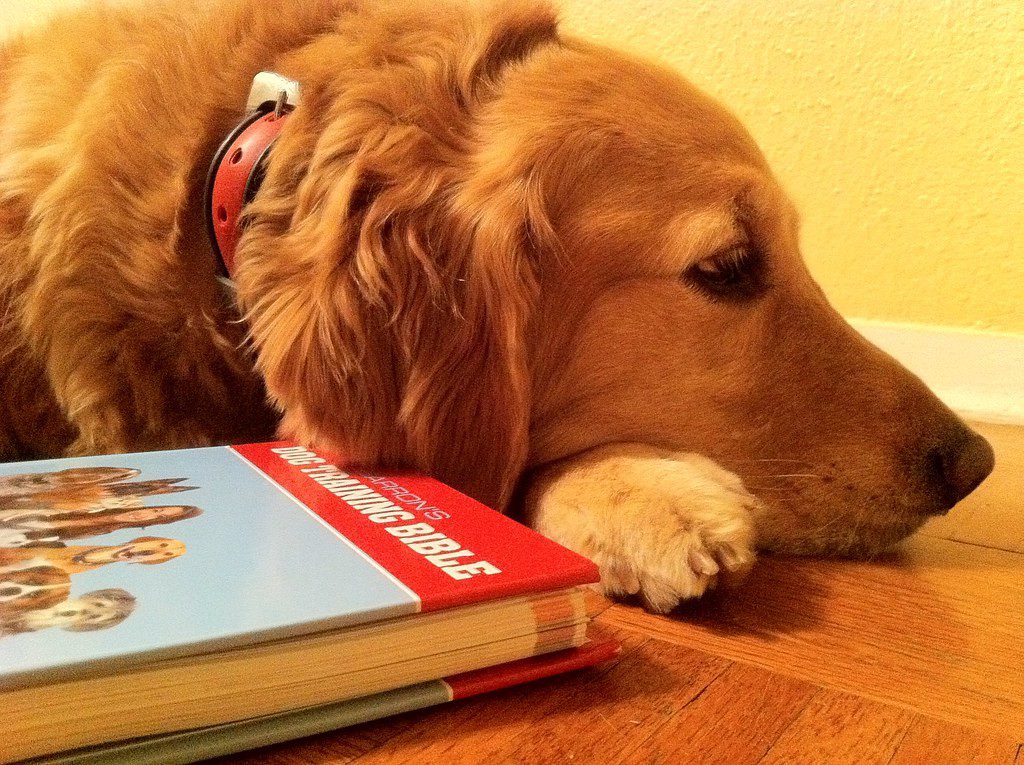
Let’s start with methods that were common in the so-called “old school” and, unfortunately, are still popular in the post-Soviet space. Basically, among cynologists who are not very willing to learn something new and make at least some effort to develop the dog’s motivation.
- Mechanical. In this case, the dog is exclusively the object of influence. A person hands or pulling (or even jerking) the leash gives the dog the desired position. For example, to encourage a dog to sit down, a person presses his hand on his croup. With some dogs, this method gives fairly quick results. However, with its help it is impossible to teach a dog many skills. Also, its minus is that the dog becomes inactive, loses motivation for learning. Contact with the owner suffers. And then there are dogs (for example, terriers or some native breeds) with which this method simply does not work: the more they are pressed, the more they resist, up to the manifestation of aggression. And timid dogs can even fall into a state of learned helplessness. Which, alas, illiterate specialists and owners often confuse with obedience.
- contrast method. In a simple way, it can be called the “carrot and stick” method. It combines mechanical action with the encouragement of the dog for the correct actions. This is a slightly more efficient method than the first, but has the same disadvantages.
There are also methods that are gaining more and more popularity in the civilized world. These methods of training dogs are based on research on their behavior, taking into account the needs and have a number of advantages. These are learning methods based on reinforcing the right actions without the use of violence.
- operant method. Here the dog is an active participant in the learning process. The advantages are that the dog’s motivation increases, she loves to learn and works with great enthusiasm. Also, the pet becomes more proactive and persistent, copes better with frustration. And the skills formed in this way are retained for a longer time. The only negative: sometimes it takes some time to develop the dog’s food and play motivation if it is not sufficiently developed. However, it’s worth it.
In the operant method, as a rule, 2 methods are used:
- Guidance. With the help of treats, toys or targets, the dog is told what position to take or what action to perform.
- Formation of behavior (shaping). In this case, the dog is being played with something like “hot-cold”, and he is trying to guess what the person needs. The task of the owner is to reinforce every step in the right direction.
The reward for the dog can be a treat, a game, an interaction with the owner, or basically what he wants at the moment (for example, permission to play with relatives).
The imitative method stands apart, when, for example, a pet learns from the example of another dog. However, in training dogs, it is, to put it mildly, not the most effective.



